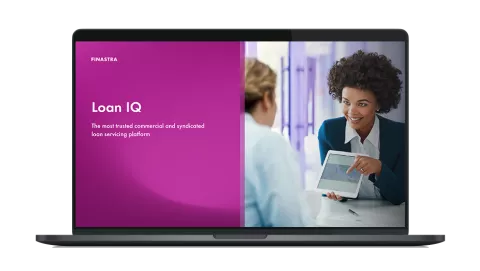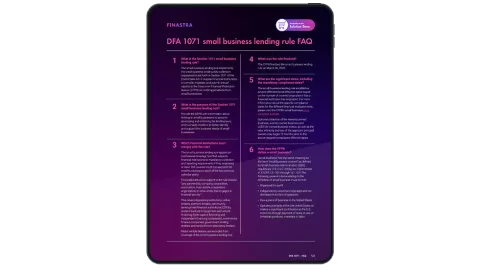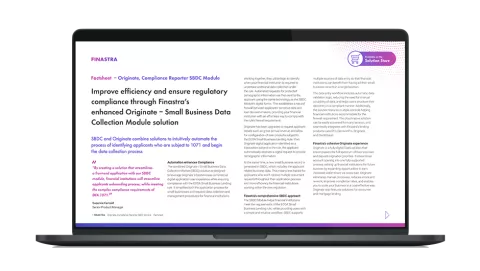IBOR transition: Evaluating the impact
Amid a global pandemic and economic crisis, banks, asset managers, insurers and financial firms are still working towards the IBOR transition deadline of the end of 2021. Considering IBOR transition as a mere replacement of data is a simplistic view; in reality, the transition to Risk-Free Rates (RFR) is much more complex.
To ensure an orderly transition, banks must adopt an agile approach in the areas of impact assessment across products and leverage new technologies like artificial intelligence to streamline the process.

Default Finastra
Legacy fallback language was originally intended to address the temporary unavailability of IBOR, such as a computer systems glitch affecting the designated screen page or a temporary market disruption. Until recently, such language was rarely written to address explicitly the possibility of the permanent discontinuance of IBOR. As a result, legacy fallback language may result in unintended economic consequences.
Considering IBOR transition as a mere replacement of data is a simplistic view; in reality, the transition to Risk-Free Rates (RFR) is much more complex.
During the transition phase, banks will need to focus on two levels of change — first, the existing contracts with maturity dates beyond 2021 will have to be closed and a new position linking the new RFRs will need to be opened and, second, all the affected applications will need to be enhanced to accommodate the changes to support new RFR products and processes.
To ensure an orderly transition, banks must adopt an agile approach in the areas of impact assessment across products; IBOR exposure analysis; evaluation of changes required for impacted applications; developing appropriate fallback language; ensuring repapering and client outreach; and setting up new curves and models for term rate calculation.


